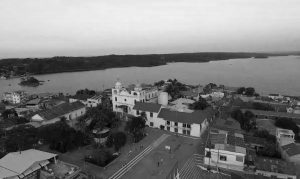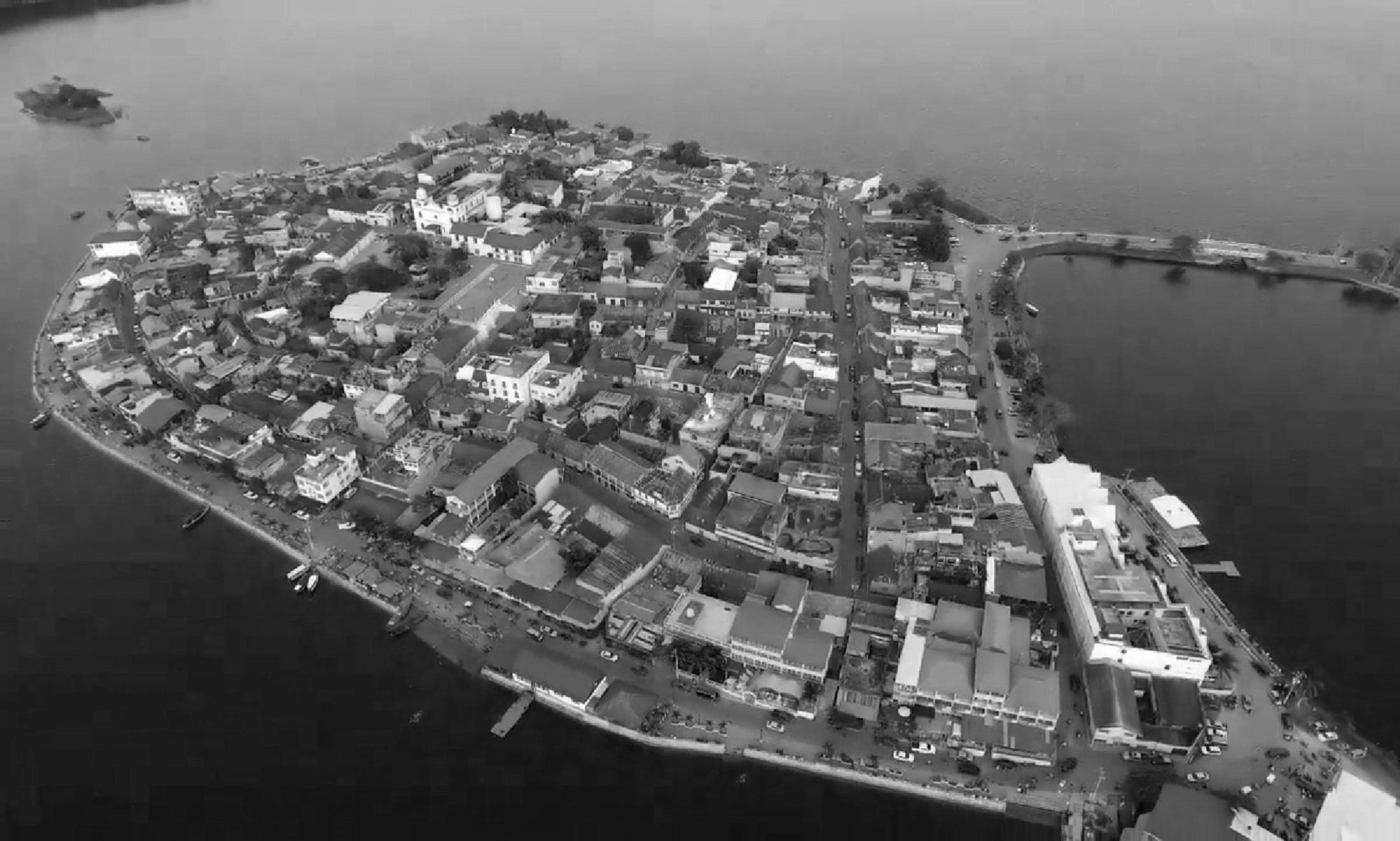Archaeologists have discovered a sacrificial dagger made of black volcanic glass at the site of a Mayan temple where Christians had their hearts cut out.
The dagger was found 160 metres (525 feet) below the surface of Lake Peten Itza at the site where the last Mayan capital to fall during the Spanish conquest was located in the northernmost Guatemalan department of Peten bordering with southern Mexico.
The ancient Itza Mayan capital of Nojpeten was located on an island in the huge lake. The island is now occupied by the modern town of Flores.

According to local media, Polish archaeologists found the 20-centimetre sacrificial dagger as well as ceramic bowls, incense burners and other artefacts related to religious rituals.
In Maya culture, human sacrifice was the ritual offering of nourishment to the gods.
The team originally went to Guatemala to find evidence of the final battle that led to the fall of the Mayan city in 1697.
Nojpeten was the last city to be conquered by the Spanish in all of Mesoamerica. The citizens of the ancient capital resisted the European conquerors for around 200 years.
It has been well documented by historians that in the early 1620s, when a Spanish party received permission to visit Nojpeten, they were led by friar Diego Delgado who was accompanied by 13 Spanish soldiers and 80 Mayan guides from Tipu, now in Belize, who had converted to Christianity. The party was seized when they arrived at Nojpeten and sacrificed with their hearts cut out. They were then decapitated and their heads displayed on stakes around the city. Delgado was dismembered.
According to archaeologists from Jagiellonian University in Krakow, Nicolaus Copernicus University in Torun, Warsaw University and Moscow University, the lake bed was littered with ancient ceremonial relics.
Archaeologists also discovered a large shell from the Caribbean Sea, suggesting that the Mayans had contact with Caribbean inhabitants.

Magdalena Krzemien, an archaeologist from the Jagiellonian University, said: “In the ancient Mayan capital, we discovered over 500 artefacts including objects used during religious rituals.”
She added: “In one of the piles, we found an obsidian blade measuring almost 20 centimetres which is clearly associated with ritual and sacrifice.”
Obsidian is a naturally occurring volcanic glass.
The underwater archaeologists believe that during rituals, Mayans would gather symbolic objects and drop them into the lake.
Water had a special symbolic meaning for the Mayan people, as they believed it was the medium through which the dead journeyed to the underworld.
Reservoirs were often created at sites associated with the Mayan rain deity Chaac.
Chaac is typically depicted with a human body showing reptilian scales, large fangs and a long nose. As his choice of weapon, the rainmaker liked to wield a lightning-axe and defend himself with a shield.
To find out more about the author, editor or agency that supplied this story – please click below.
Story By: Bartosz Staszewski, Sub-Editor: Joseph Golder, Agency: Central European News




